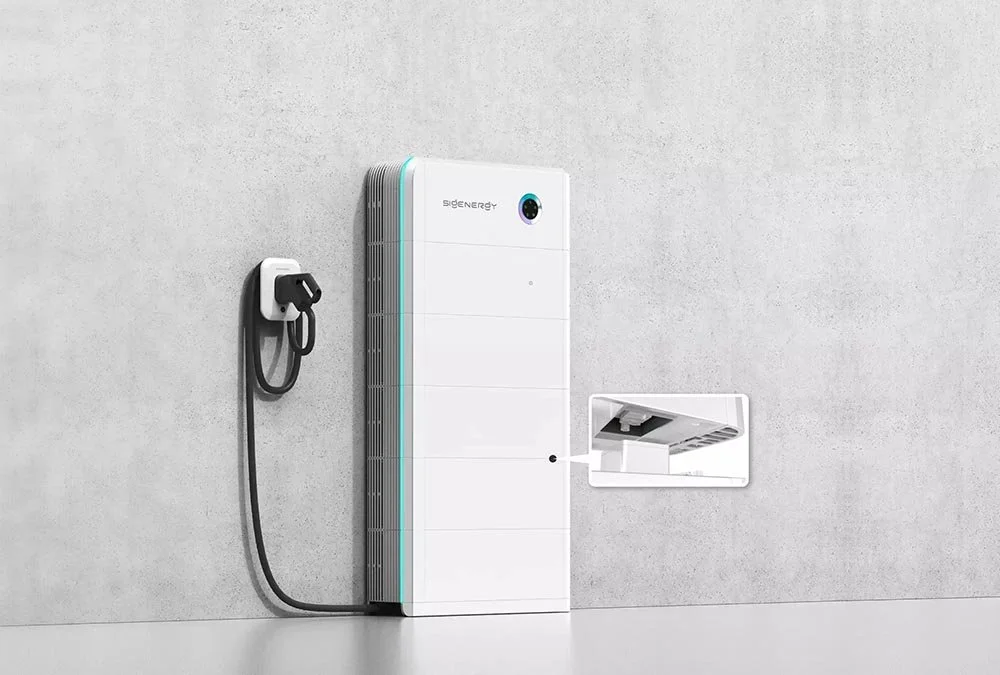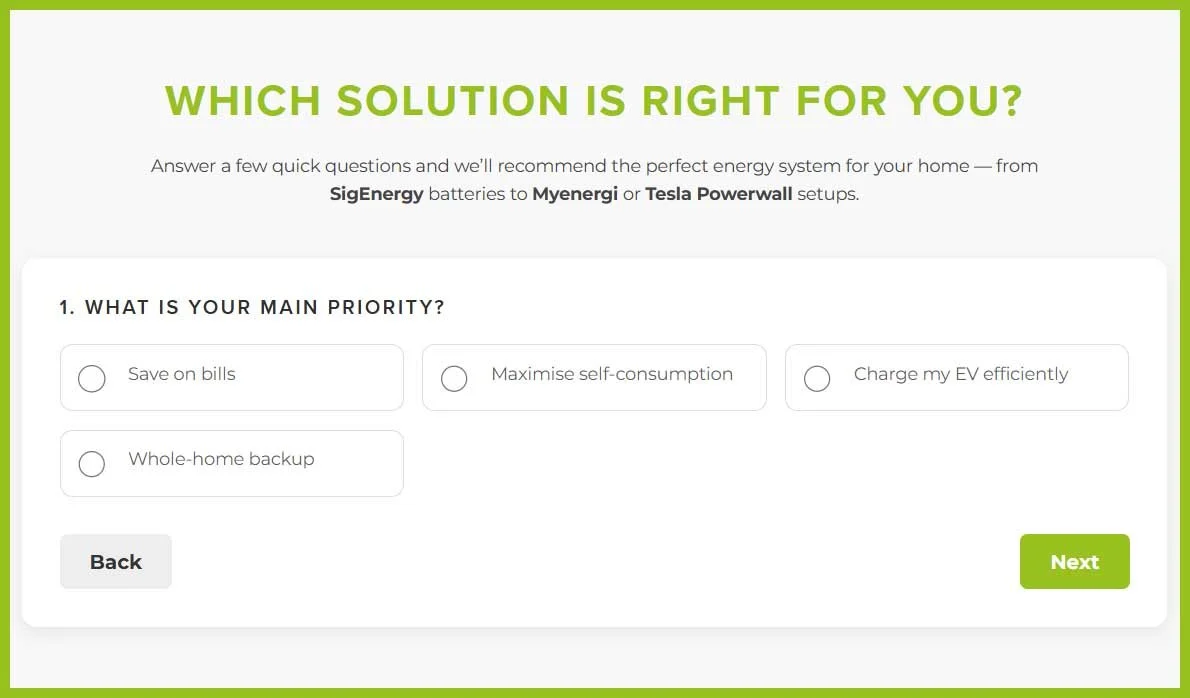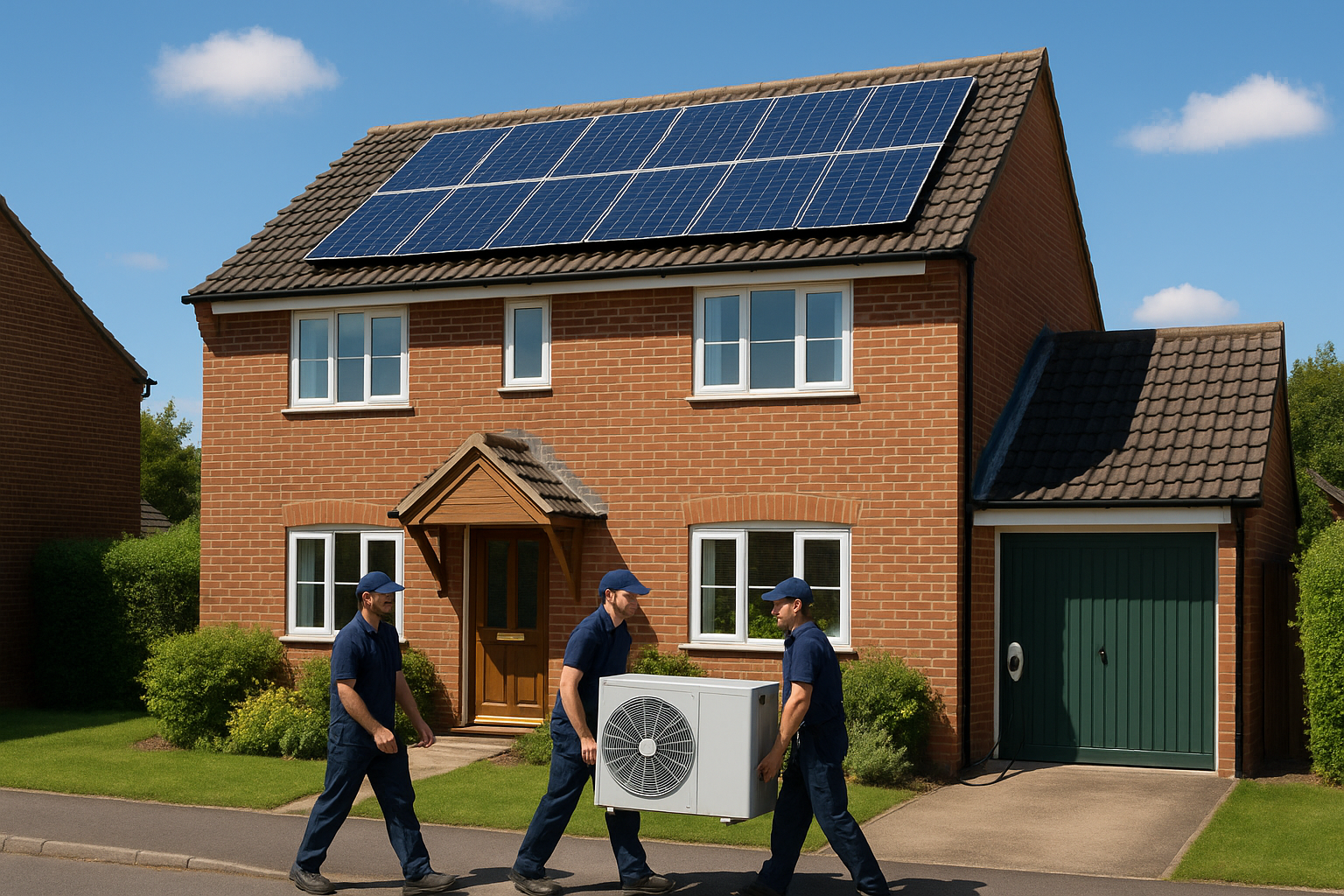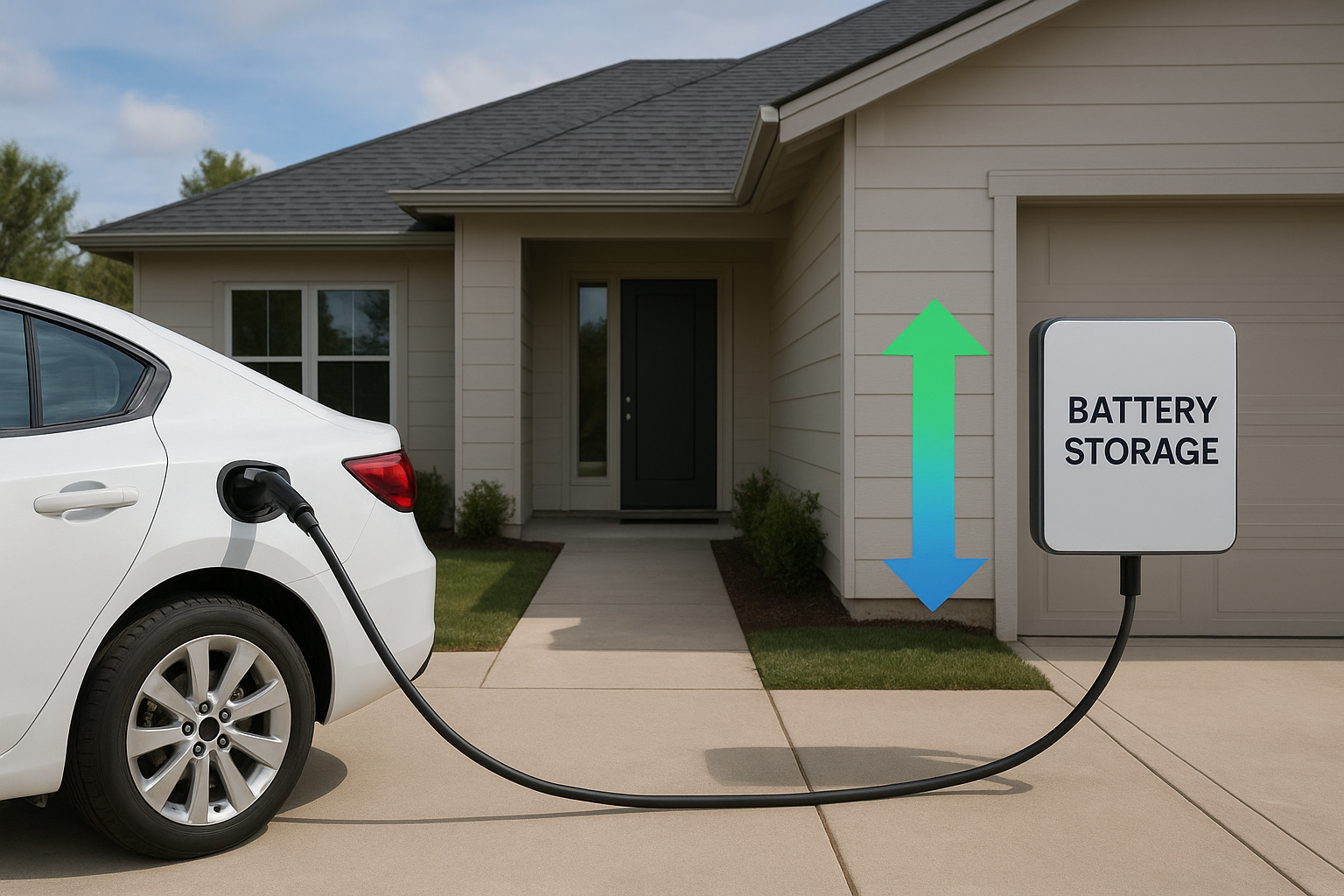Introduction
Energy independence, renewable power, and smart systems are no longer just buzzwords — they’re becoming essential. But not every solar + battery solution is created equal. Sigenergy (a leading solar equipment and battery storage provider) is quietly pushing boundaries, and here are five unexpected reasons why it’s worth your attention.
1. It’s a “5-in-One” Ecosystem, Not Just a Battery
Many companies sell solar panels or battery backups. Sigenergy designs integrated systems combining solar inverters, energy storage (ESS), EV chargers, and smart energy management. This means fewer compatibility headaches, better system efficiency, and a unified user experience.
2. It Learns, Adapts & Optimizes Automatically
Sigenergy’s system doesn’t just store energy — it uses AI / intelligent algorithms to decide when to draw from the grid, when to discharge the battery, and when to charge the EV. Over time, it refines those decisions based on your usage patterns.
For homeowners and businesses, that means lower energy waste and cost savings without micromanaging.
3. Modular & Scalable — Grow When You’re Ready
Don’t need a full system all at once? No problem. Sigenergy’s modular design lets you start small and scale up as demand increases (e.g. adding more battery packs or more solar capacity).
For commercial / industrial clients, that’s especially appealing — you can expand in phases as budgets and usage evolve.
4. Designed for Future Energy Trends
Sigenergy isn’t stuck in the present. Their tech roadmap shows readiness for future concepts like vehicle-to-grid (V2G), grid services, and evolving standards. It’s not just about what works today — it’s about what will matter tomorrow.
This “future-proofing” is a strong selling point for tech-savvy customers and installers who want longevity.
5. Strong Global Growth, Stability & Innovation
You want vendors who last — not disappear when incentives change. Sigenergy has been expanding rapidly: new manufacturing bases, global reach, and deep R&D investment.
Plus, they’ve rebranded (from PointGuard Energy) to unify their identity and accelerate growth globally.
6. Easier Installation Means More Reliable Performance
One of the most underrated advantages of Sigenergy systems is how straightforward they are to install. Unlike complex setups that require multiple components from different brands, Sigenergy’s all-in-one ecosystem drastically reduces installation time and points of failure.
For installers, that means fewer wiring errors, fewer call-backs, and faster commissioning. For homeowners and businesses, it means a more reliable energy system from day one — one that’s configured exactly as the manufacturer intended.
Sigenergy’s plug-and-play architecture, pre-configured connections, and smart commissioning tools make setup smoother than traditional solar-battery combinations. That simplicity translates to lower installation costs and greater peace of mind.









